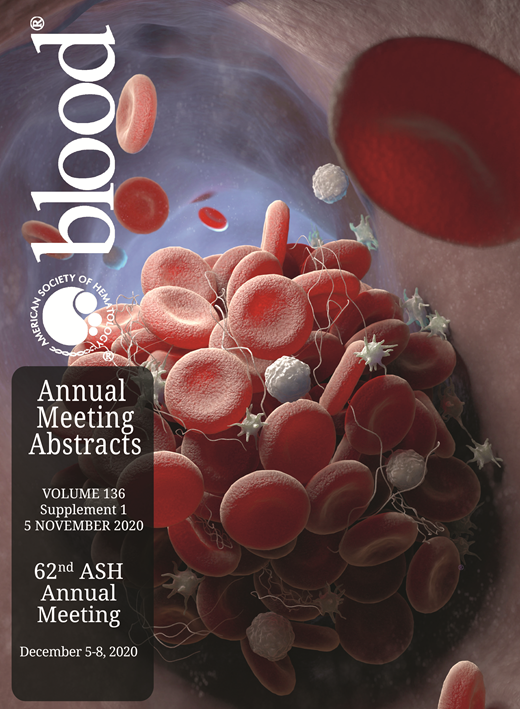Introduction
Selinexor (KPT-330) is a first-in-class selective inhibitor of XPO1-mediated nuclear export that has recently been approved by the US FDA for the treatment of relapsed/refractory multiple myeloma and relapsed diffuse large B-cell lymphoma. Additionally, the drug is being evaluated in ongoing clinical trials (phase I to III) on late-stage haematological and solid tumours. To improve outcomes and personalize therapeutics, specific biomarkers and underlying mechanisms of response to treatment need to be uncovered.
Material and method
We performed genome-wide CRISPR/Cas9-mediated loss-of-function genetic screening in two multiple myeloma (KMS-28-BM and SK-MM-1) and one chronic myeloid leukemia (HAP1) cell lines. After transduction with a knockout library, cells were divided and subsequently cultured into three parallel groups (control, IC20 and IC50) for at least 20 cell doublings. This setup allows monitoring of subtle relative changes between groups. After DNA extraction, sequencing of guide RNAs and statistical analysis, we identified genes that upon disruption confer either increased susceptibility or resistance to selinexor.
Results and discussion
For the multiple myeloma cell lines, the TGF-β/SMAD4 signalling pathway stood out as an important mediator of resistance to selinexor. Besides SMAD4 as a major hit in both cell lines, we identified five other genes from this pathway leading to resistance in KMS-28-BM cells, suggesting that downregulation of this pathway is a potential biomarker of response to SINE treatment in multiple myeloma. In addition, screens revealed significant variability across cell lines with hit genes involved in mRNA processing, proteasomal degradation and cell cycle regulation. Interestingly, we could simultaneously uncover resistance and sensitivity genes involved in the same pathway, suggesting that these have antagonistic effects. Notably, we identified knockout of the poorly characterized gene ASB8 as a strong, common sensitizer between the three cell lines.
Conclusion
Until now, most chemogenetic CRISPR/Cas9 knockout screens have focused on determining resistance genes, and few have employed the technique to screen for genes that enhance cell kill. We performed such screens with selinexor and found a number of general and cell type-specific hits. Genes identified to confer increased resistance are candidate biomarkers while genes inducing increased susceptibility represent new targets for drug combination therapies.
Kwanten:Karyopharm Therapeutics Inc.: Patents & Royalties: employees of KULeuven. KULeuven has a license agreement (royalties) with Karyopharm Therapeutics on XPO1 inhibitors (selinexor). Landesman:Karyopharm Therapeutics Inc: Current Employment, Current equity holder in publicly-traded company. Daelemans:Karyopharm Therapeutics Inc.: Patents & Royalties: employees of KULeuven. KULeuven has a license agreement (royalties) with Karyopharm Therapeutics on XPO1 inhibitors (selinexor).
Author notes
Asterisk with author names denotes non-ASH members.

